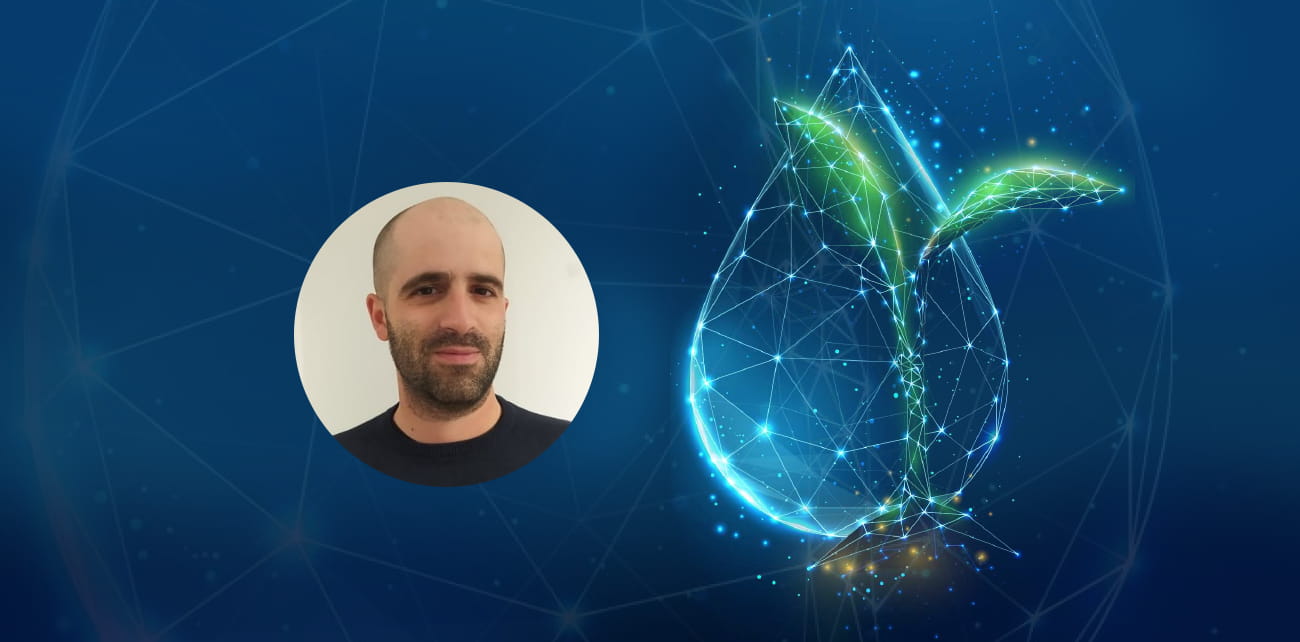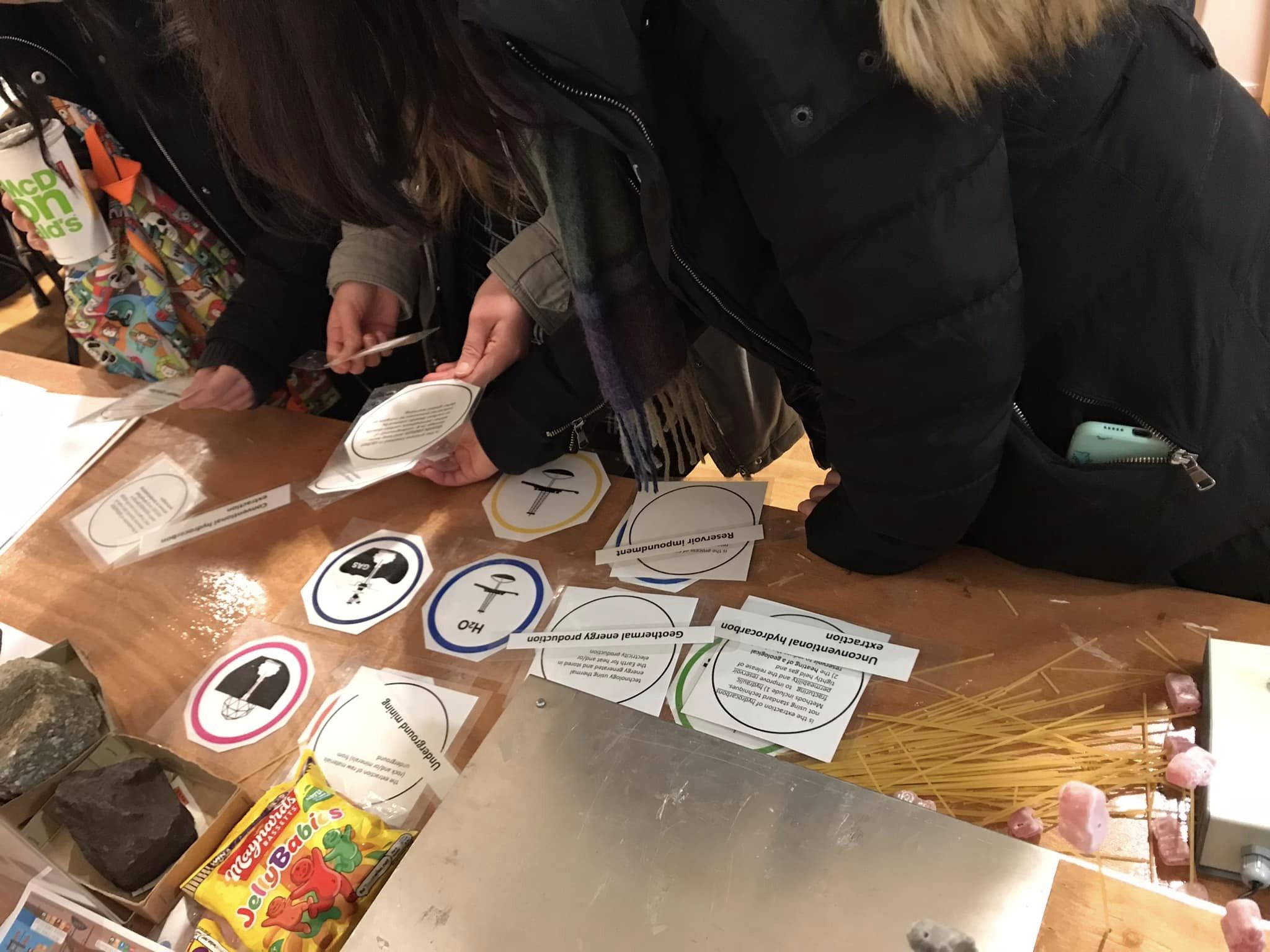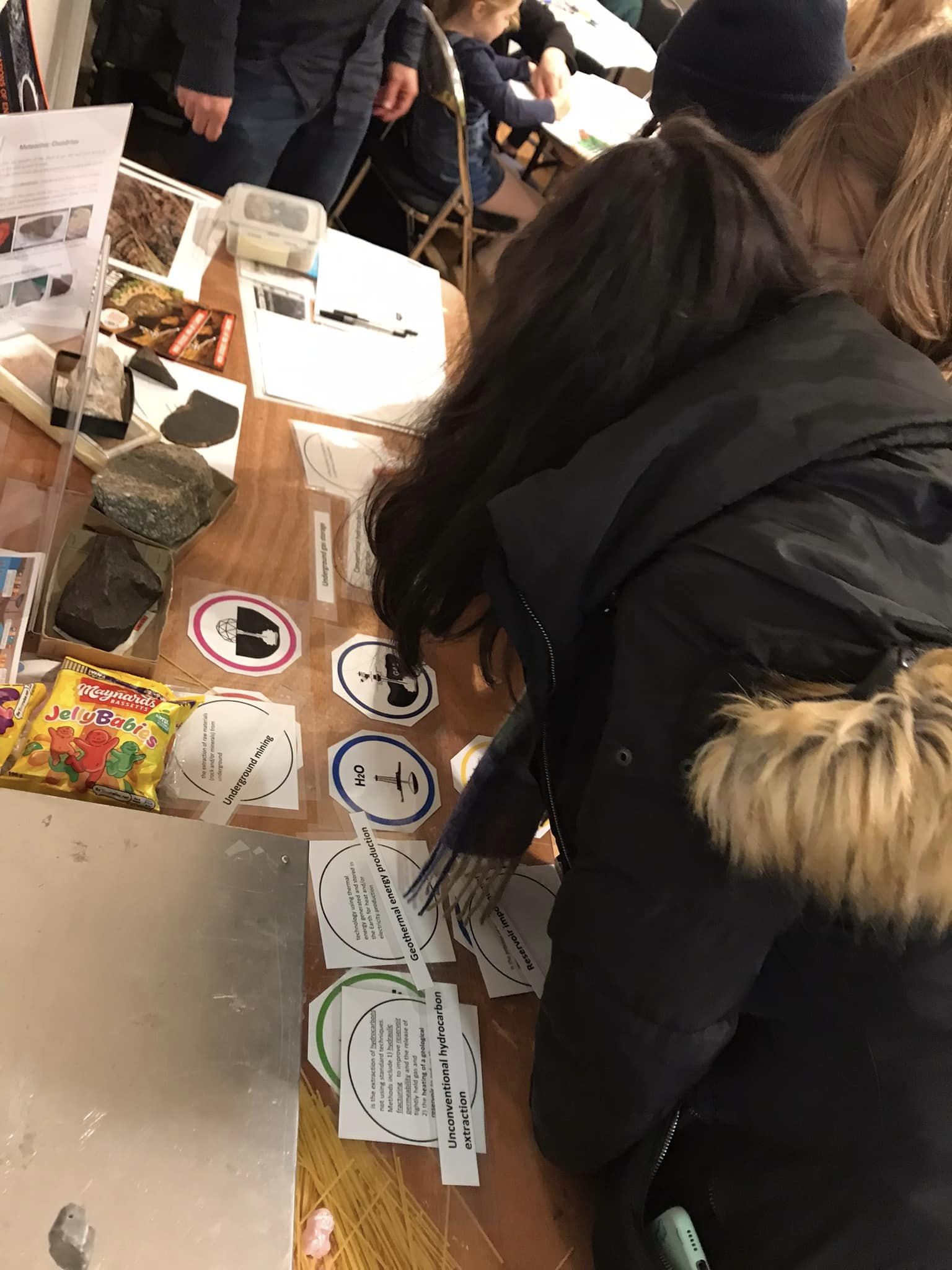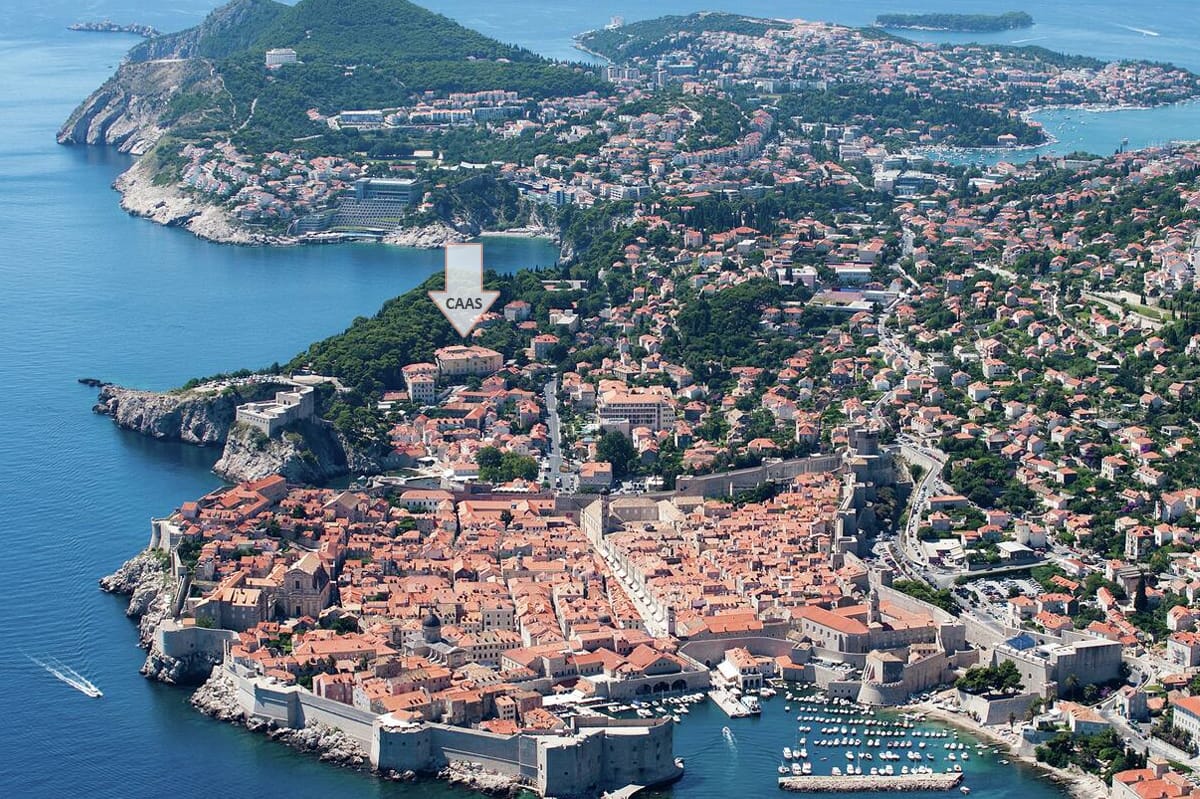10 February, 2023
The next international workshop on AdriaArray will be held in Dubrovnik, Croatia on April 3-5, 2023
The workshop is partly supported by ORFEUS & EPOS within the EPOS SP project (Grant Agreement No 871121) and locally organized by the Department of Geophysics, University of Zagreb, Faculty of Science.
The deployment of temporary AdriaArray stations started in June 2022. Since then, about 65% of the planned ca. 400 temporary stations have already been installed. The intention of the workshop is to discuss the status of AdriaArray and to define research topics within the AdriaArray initiative.
Plenary sessions will focus on the geodynamic framework of the central Mediterranean, on methodical challenges, as well as on data access and data quality control. Breakout sessions are planned on seismicity, body wave tomography, ambient noise and surface wave tomography, waveform tomography, receiver functions, seismic anisotropy as well as on creating geodynamic test models.
The meeting will be held at the Centre for Advanced Academic Studies (CAAS) of the University of Zagreb in Dubrovnik (Pile), Don Frana Bulića 4, near Old City.












